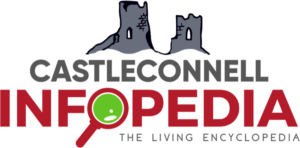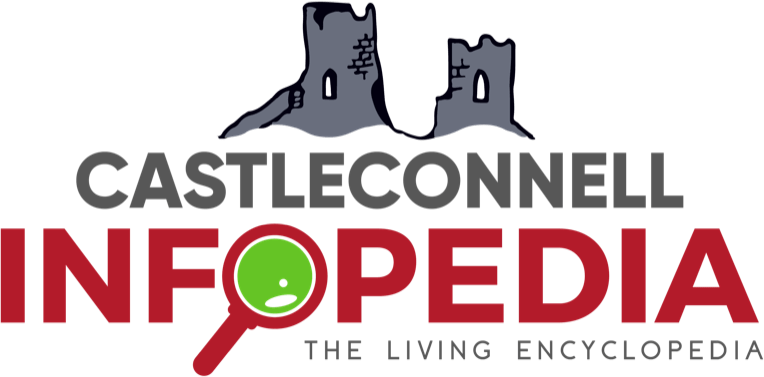This Story is: True Story
“We lose our souls if we lose the experience of the forest, the butterflies, the song of the birds, if we can’t see the stars at night.” – Thomas Berry
Nature is so important to our wellbeing and in Castleconnell we are really blessed to be surrounded by it. But we need to treasure it and not take it for granted.
Our Tidy Towns group have been monitoring butterflies at the Worlds End over the last 6 years. This data is gathered weekly from March to September and shared into the National Biodiversity Center in Waterford.
This is a sample of two years of data for the island of Ireland.
2018 2019
Recorders 115 85
Transects 118 87
Records 15,436 13,111
Butterflies 46,012 36,171
As we are the only group in Limerick recording this information, it provides a small but important data-point into the national picture.
So, what do we see when we are recording? In a typical year we see about nine different types. The most common is the Meadow Brown (Donnóg Fhéir), which is a medium size butterfly. At our riverside meadow (Perch Hole) it is typically seen from the middle of June to the end of August. As you can see it has a distinctive ‘eye’ – used to scare off predators. Its caterpillars feed on a variety of grasses such as fescues, bents and meadow-grasses. In this picture the butterfly is taking nectar from the Devil’s-Bit Scabious (Odhrach bhallach) flower – a very popular one with several butterfly species.
The smallest of the butterflies that we have recorded is the Common Blue (Gormán Coiteann). It is just over an inch in diameter and it looks like its been created from the most delicate silk that you could imagine. So far, we have only managed to record it on a few occasions in the meadow, but it should be more prevalent as its main foodplant is the Common Bird’s-foot-trefoil (Crobh éin). This plant is found all over the meadow for several months from June onwards
The jewel in the crown of our butterfly recording to date must be the Marsh Fritillary (Fritileán Réisc) butterfly, which while widespread across Europe, it is local and restricted to areas of suitable habitat quality. We are really fortunate to have recorded it in 2016 and 2018. It is now believed to be extinct in the Netherlands and declines of over 30% have been reported from Germany, Latvia, Luxembourg, Republic of Ireland, Slovakia and Ukraine. In Ireland, its conservation status is ‘Vulnerable’. If you ever have the privilege to see it in person in our meadow in June, I’m sure you will agree that we should do all we can to preserve it for future generations.
The next time you have a spare hour on a sunny day, why not take a stroll down to the meadow beyond the Boat Club and who knows what a wonderful surprise might await you!
*All images captured at the Perch Hole Castleconnell – June to August 2018-2020
This story is True Story

